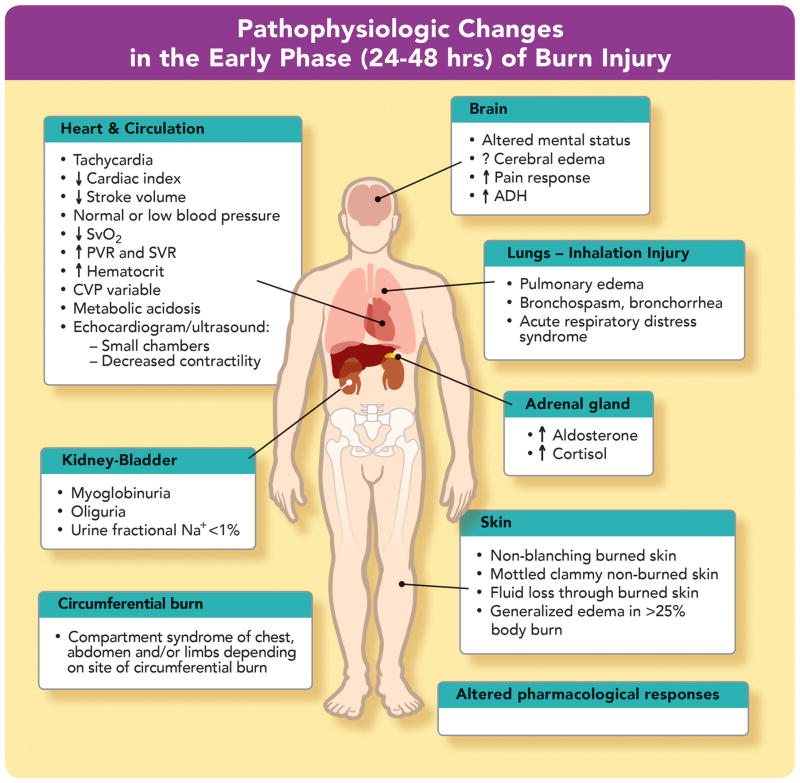FIGURE 1. Pathophysiologic changes in the early phase (24–48 h) of burn injury.
The early (ebb) phase of burn injury is characterized by decreased cardiac output, and decreased blood flow to all organs. The decreased cardiac output is due to loss of intravascular volume, direct myocardial depression, increased pulmonary and systemic vascular resistance (PVR and SVR, respectively) and hemoconcentration, and can lead to metabolic acidosis, and venous desaturation (↓SVO2). Decreased urine flow results from decreased glomerular filtration, and elevated aldosterone and antidiuretic hormone levels (ADH) levels. Oxygenation and ventilation problems can occur due to inhalation injury and/or distant effects of burn on airways and lung. Compartment syndrome ensues if there is circumferential burn with no escharotomy performed to release the constriction. Compartment Syndrome can also occur in abdomen, extremities or orbits without local or circumferential burns. Mental status can be altered because of hypoxia, inhaled toxins and/or drugs. The reasons why heart rate, blood pressure, and central venous pressure (CVP) can be poor indicators of volume status are explained in table 3.

